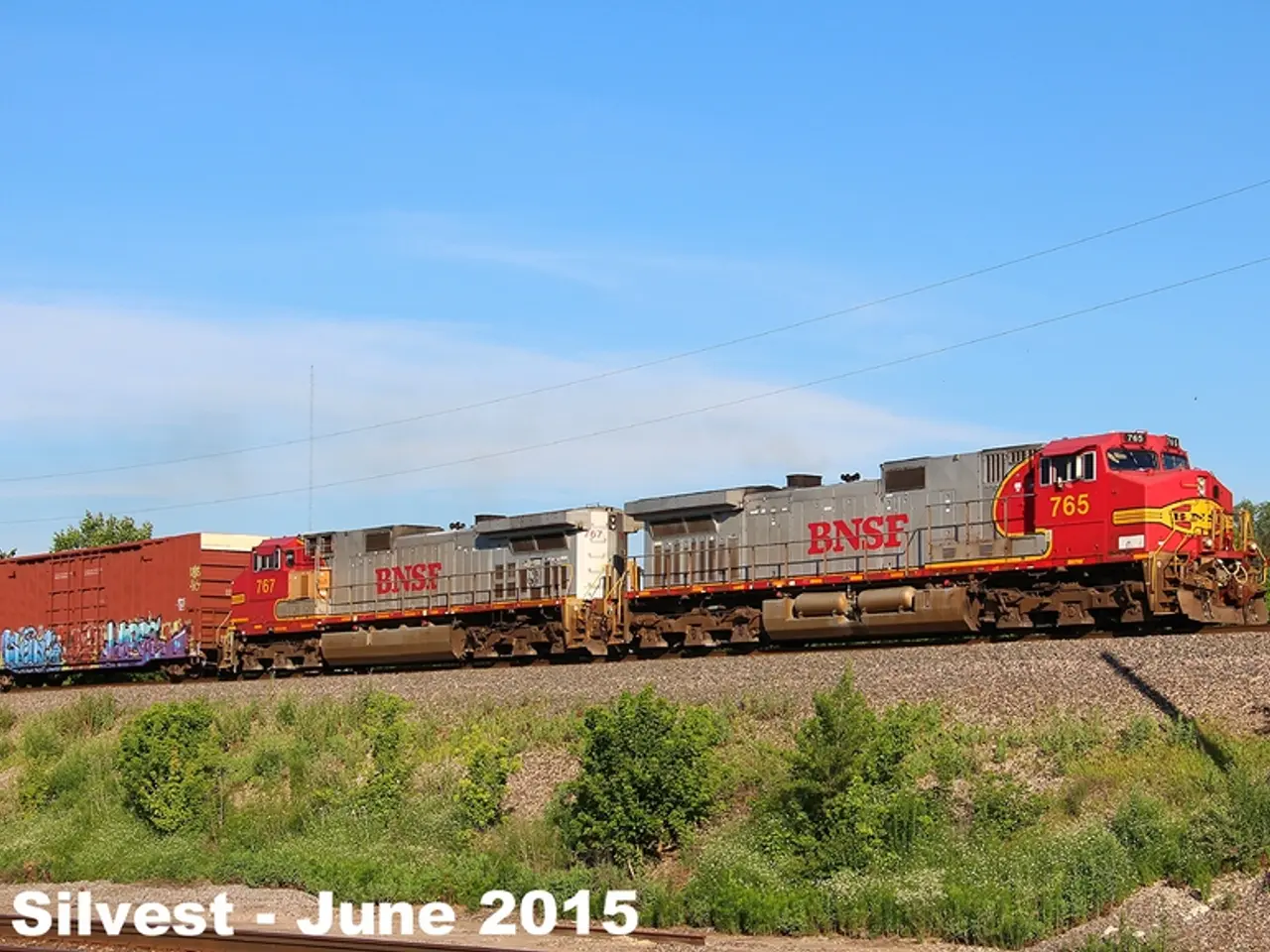Following the train crash in Riedlingen, what is the potential for landslide occurrences in Sipplingen?
Sipplingen, a community of around 2,000 inhabitants nestled by Lake Constance and steep slopes, has been grappling with the constant threat of landslides and rockfalls. The railway line in Sipplingen is also affected, running along several sections directly at the foot of the cliff.
To ensure safety, Deutsche Bahn (DB) regularly inspects and maintains the infrastructure according to regulations. However, the responsibility for protecting railway lines from landslides typically falls to the railway infrastructure owner and regional authorities, such as Deutsche Bahn or local government agencies in Baden-Württemberg.
Slope stabilization measures have been implemented in Sipplingen through a combination of geological surveys, engineering works, and ongoing maintenance. Common practices include installing retaining walls or rockfall barriers, reinforcing slopes by anchoring and soil nailing, drainage improvements, vegetation management, and continuous monitoring using sensors and visual inspections.
In 2016, the Lake Constance district administration commissioned a specialized company to implement extensive slope stabilization measures, covering approximately 1,200 square meters with erosion control mats and steel nets, held in place by around 250 nails drilled into the rock, up to eight meters long.
Joachim Barth, state chairman of the passenger association Pro Bahn, believes that protecting the railway line is a joint task of all parties involved, not just Deutsche Bahn. He notes that the surrounding area usually belongs to others, implying that those parties also have traffic safety obligations.
The association Pro Bahn advocates the increased use of Fiber-Optic-Sensing technology as a solution to detect vibrations on the track early and raise immediate alarms in case of landslides. Barth emphasizes the need for action, especially if heavy rain events are expected to increase in the future.
The soft molasse rock in Sipplingen is susceptible to erosion, leading to rockfalls and landslides. The Federal Railway Authority classified certain sections of the tracks in Sipplingen as "strongly landslide-prone" in a 2018 report. Numerous scientific studies suggest that climate change could lead to more frequent extreme weather events, such as heavy rain, increasing the likelihood of landslides.
Despite these challenges, the slopes around Sipplingen are currently well-secured, according to the district administration. They maintain the slope by clearing safety facilities to control and keep them accessible.
[1] Should there be recent severe weather events impacting Sipplingen affecting rail safety, local railway authorities would activate such slope stabilization and monitoring protocols to manage risks.
[1] In the event of recent severe weather affecting Sipplingen's rail safety, local railway authorities, such as Deutsche Bahn, would promptly activate slope stabilization and monitoring protocols to manage risks.[2] Considering the impact of climate change on the frequency of extreme weather events, the application of environmental science in the development of sustainable transportation solutions, like public transit, is crucial for the safety and security of communities, such as Sipplingen.[3] The automotive industry's transition towards more eco-friendly vehicles could significantly reduce greenhouse gas emissions, indirectly contributing to the mitigation of climate change and the reduction of environmental hazards, such as landslides.[4] To ensure long-term financial sustainability in funding slope stabilization and railway infrastructure maintenance, collaboration between governments, regional authorities, the industry, and private investors in environmental-science-based finance is essential.




